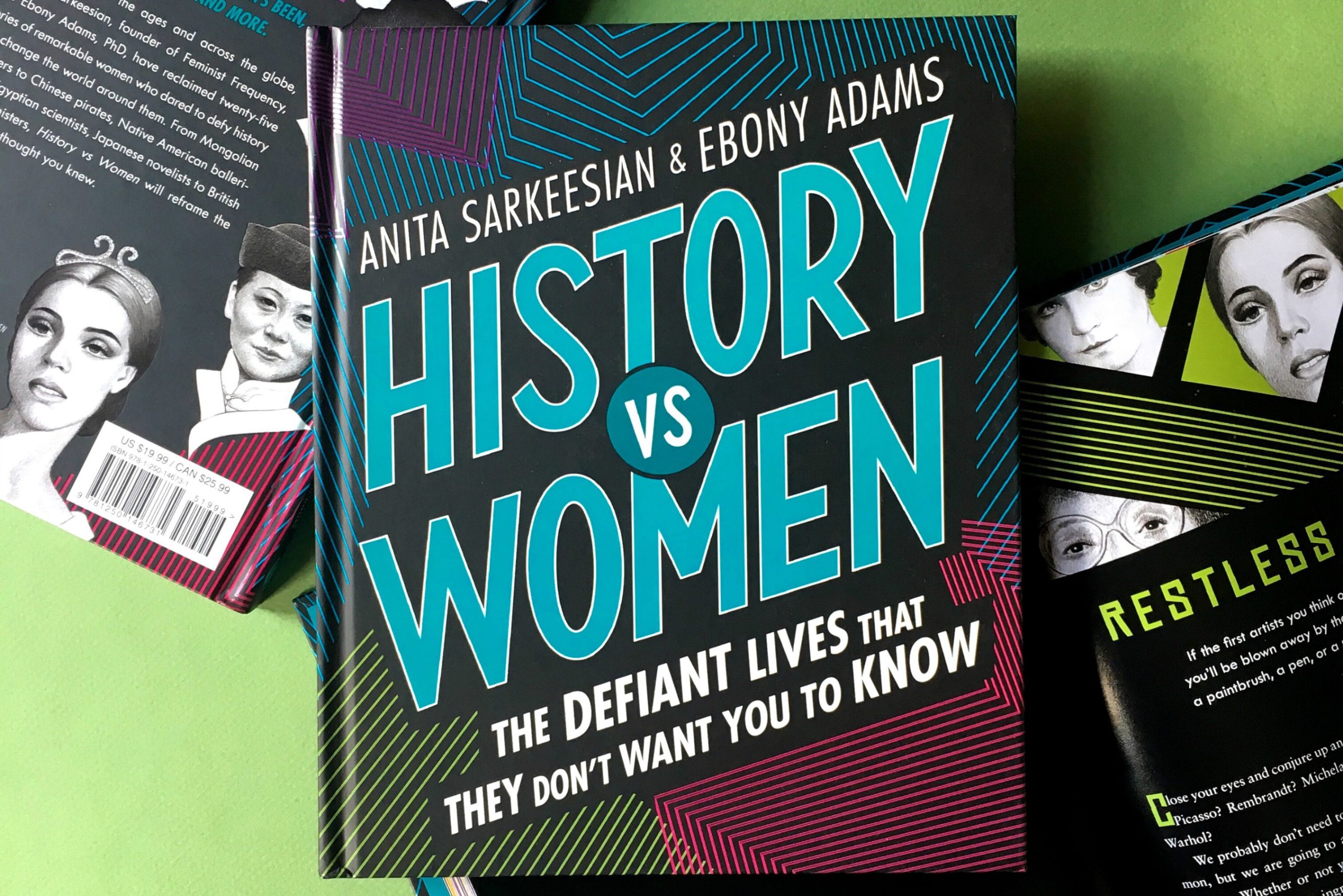An Interview with Anita Sarkeesian and Ebony Adams, authors of History vs Women
October 19, 2018 | 2:00 PM
An Interview with Anita Sarkeesian and Ebony Adams, authors of History vs Women
By Team Fierce Reads
Do you love stories about strong women?
We definitely do! And we love these stories even more when they're true. If you also love learning about fierce historical female figures, you should definitely check out this interview with History vs Women authors Anita Sarkeesian and Ebony Adams and then grab a copy of the book for yourself!
What inspired you to write History vs Women?
The genesis of this project lies in the Feminist Frequency web series Ordinary Women: Daring to Defy History, which we released in 2016. The aim of that series, and of this book, was to introduce a wide audience to some truly astounding women whose stories have never been told—or have been told incompletely. There’s not a single human endeavor in which women haven’t demonstrated exceptional energy and drive, and our histories will be lacking until their stories are brought to the light.
How did you decide which women throughout history to profile in the book?
It was very important to us—crucial—that we make sure our range of profiles represented as global a panorama of women’s work as we could manage. We were conscious of, and challenged by, the lack of information available to us on some of these amazing historical figures—largely because women’s lives and work are rarely recorded with the depth of their male counterparts. But even with that challenge, we were faced with an overflowing treasure box of amazing women from history to hold up to the light.
So we started by asking ourselves, What sorts of women are typically excluded from our cultural conversations about “greatness” or “heroism” or “genius”? We were determined to keep our eyes open for worthy candidates Western or North American readers were probably ignorant of. We were equally determined to find women making their mark in arenas that women have often been denied access to, like higher learning or politics (and in one of our favorite sections, criminal enterprise!).
It really helped us narrow our choices down to the final twenty-five stories because we recognized that this book is not meant to be an encyclopedia of every woman who has ever been denied her due recognition for outstanding achievement. This project, like others in the same vein, is meant to spark conversations and the desire to learn about even more fascinating figures from history!
The artwork and design are really stunning. How did you come to work with T. S. Abe for the illustrations?
From the very beginning of our work on History vs Women, we were committed to making the artwork and design an equal partner of the words we wrote. And we were clear from the outset that wanted to collaborate with a woman of color to bring our profiles to life. There needs to be a direct, explicit demand for inclusivity in publishing that goes beyond vague wishes for diversity. So we started there. We spent several months researching visual artists from around the world who work in a variety of media, and we were stunned by the depth and breadth of the talent we saw. But there was something in particular about Abe’s work that really spoke to us. Her black-and-white illustrations are full of such emotive power that takes your breath away. Our team reached out to her, and we were overjoyed when she agreed to take on this project. It’s impossible for us to think about this book now without thinking of the humanity and intensity she brought to the portraits of these women.
Which profile is your favorite in the book?
Unsurprisingly, we’ve each got a different favorite! For Ebony, it’s definitely Lucy Hicks Anderson. Many of the women we present in this book lived and toiled so long ago that their stories—lurid, startling, awe-inspiring as they are—take on the aspect of fairy tales. But when you think about someone like Lucy Hicks Anderson, a black trans woman who lived fearlessly and truthfully in the US in the nineteenth and twentieth centuries... There’s something about encountering a heroine like that from our recent past that’s just humbling because they feel so close and real.
Anita was horrified and captivated in equal measure by the larger-than-life glamour and villainy of drug kingpin Griselda Blanco. She was personally responsible for so much death and destruction, yet for many years, she seemed absolutely untouchable. Rival kingpins, ruthless cartels—even the US justice system—tried and failed to subdue her. She was nobody’s hero, but her infamous acts make her impossible to forget.
What is the one message that you hope readers will take away from History vs Women?
The message shouldn’t be that women can be great. The message is that women are now, and have always been great.
What was your research process like while writing the book?
Challenging! Although our aim was to include as wide a cross-section as possible of women through history and across the world, we were conscious of our own limitations. We’re not historians, and we bring a distinctly North American/Western bias to our scholarship. Rather than obfuscate that, we are honest about what that means. It means that we had to work very hard to try to immerse ourselves in the context in which these women lived and worked. It also meant that we tried to find primary and secondary sources for these profiles written by people who shared a culture or similar background to the women we discuss. That wasn’t always possible; and it was not always easy to find sources that were in English. But we kept digging. We are huge, huge supporters of public libraries and would not have been able to complete this project without the invaluable resource they provided.
What was the collaboration process like? Did you write everything together, or did you divide and conquer?
We worked very closely with each other throughout the entire process! We went back and forth constantly with drafts, notes, and outlines. We shared research with each other and shared cool stories we found—not all of which made their way into the final version of the book. We did split up initial research duties, but the writing process was very much a team effort.
Why did you decide to write this book for teens instead of adults?
The young adult and middle-grade audience is hungry for these kinds of stories. Young people are so receptive to the idea that there are tantalizing stories out there just waiting to be discovered. And in addition, they aren’t as burdened with the accumulated weight of expectations about what’s possible. Young readers are so ready for history to be shown as a living, breathing thing that we all have a hand in creating.

History vs Women by Anita Sarkeesian and Ebony Adams
Rebels, rulers, scientists, artists, warriors and villains
Women are, and have always been, all these things and more.
Looking through the ages and across the globe, Anita Sarkeesian, founder of Feminist Frequency, along with Ebony Adams PHD, have reclaimed the stories of twenty-five remarkable women who dared to defy history and change the world around them. From Toltec queens to Chinese pirates, Native American ballerinas to Egyptian scientists, Japanese novelists to British Prime Ministers, History vs Women will reframe the history that you thought you knew.




